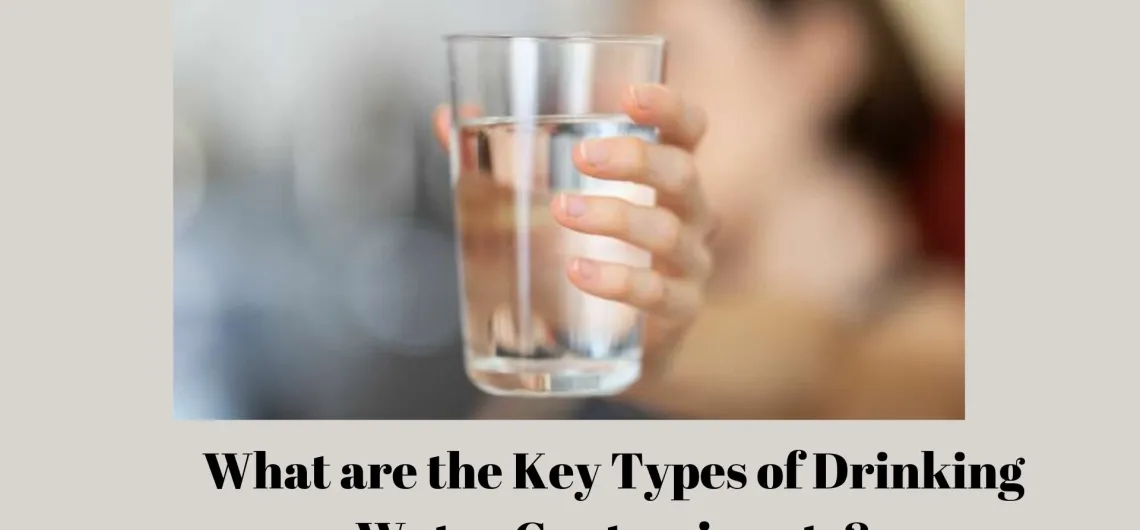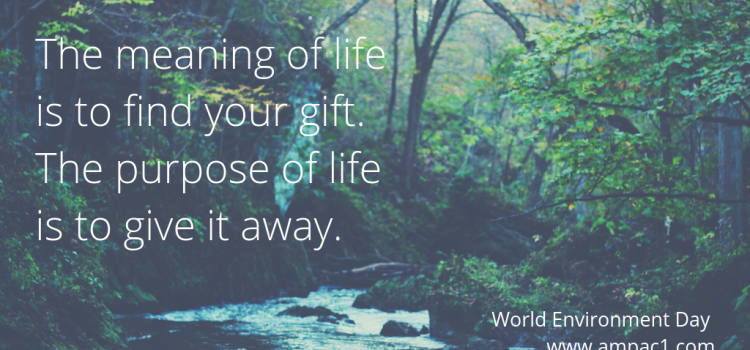With time, people are becoming more and more health-conscious. They want to know what they are consuming and how it will impact their bodies. If you are among those people, too, you must remember that one of the best ways to stay healthy is to drink 100% contamination-free water. Here, you can learn what are the key types of drinking water contaminants and how the EPA categorizes them.
How is a Water Contaminant Defined?
According to the Safe Drinking Water Act, the term “contaminant” is defined as meaning any physical, chemical, biological, or radiological substance or matter in water. It is quite evident that the law defines “contaminant” very broadly. It could mean anything other than water molecules.
In most cases, drinking water will have a small number of contaminants. They might be harmful if they are present in a more than recommended quantity. Sometimes, they might even be harmless (if lower than a certain quantity).
So, if the drinking water contains some contaminants, it doesn’t necessarily mean it poses a health risk. However, getting rid of as many contaminants as possible is always smarter.
You should be particularly aware of and cautious about contaminants listed on the Contaminant Candidate List (CCL). For those unaware, the CCL serves as the first level of evaluation for unregulated drinking water contaminants that may need further investigation of potential health effects and the levels at which they are found in drinking water.
Categories of Water Contaminants With Examples
The EPA has mentioned the following general categories of drinking water contaminants and a few examples of each.
- Physical Contaminants
As the name suggests, these contaminants primarily impact water’s physical appearance or physical properties. Sediment or organic material that is usually suspended in the water of rivers, streams, and lakes from soil erosion are a few examples of physical contaminants.
- Biological Contaminants
These are usually organisms present in water. Sometimes, they are known as microbiological contaminants or microbes. Examples of contaminants in this category include viruses, bacteria, parasites, and protozoa.
- Chemical Contaminants
These are elements or compounds that might either be human-made or naturally occurring. Key examples of contaminants in this category include metals, salts, nitrogen, pesticides, and toxins produced by bacteria. Human or animal drugs can also be considered in this category.
- Radiological Contaminants
These include chemical elements with an unbalanced number of protons and neutrons, which usually result in unstable atoms that can emit ionizing radiation. A few examples of these contaminants include uranium, cesium, and plutonium.
The Simplest Way to Eliminate All Contaminants- Water Treatment Solutions by AMPAC USA
If you are looking for the simplest way to eliminate all contaminants from drinking water, you can trust AMPAC USA. We are a leading manufacturer and distributor of high-quality American-made water treatment systems. The company was founded in 1990. AMPAC USA started as a manufacturer of water purification equipment. Over the years, the business has transitioned into a large-scale manufacturer producing all types of major purification equipment and turnkey project-based water infrastructure installations.
AMPAC USA is particularly noted for its superior technical services. We understand harsh operating marine conditions. We use military and marine-grade certified components in off-shore and on-shore reverse osmosis watermakers. We build easy-to-operate, heavy-duty, robust, and reliable equipment. Without compromise, AMPAC USA custom-engineers, designs, fabricates, and manufactures systems to suit the toughest water treatment conditions anywhere on the planet.
To know more about us, click here or call us on 909-548-4900.
Reference:
https://www.epa.gov/ccl/types-drinking-water-contaminants










